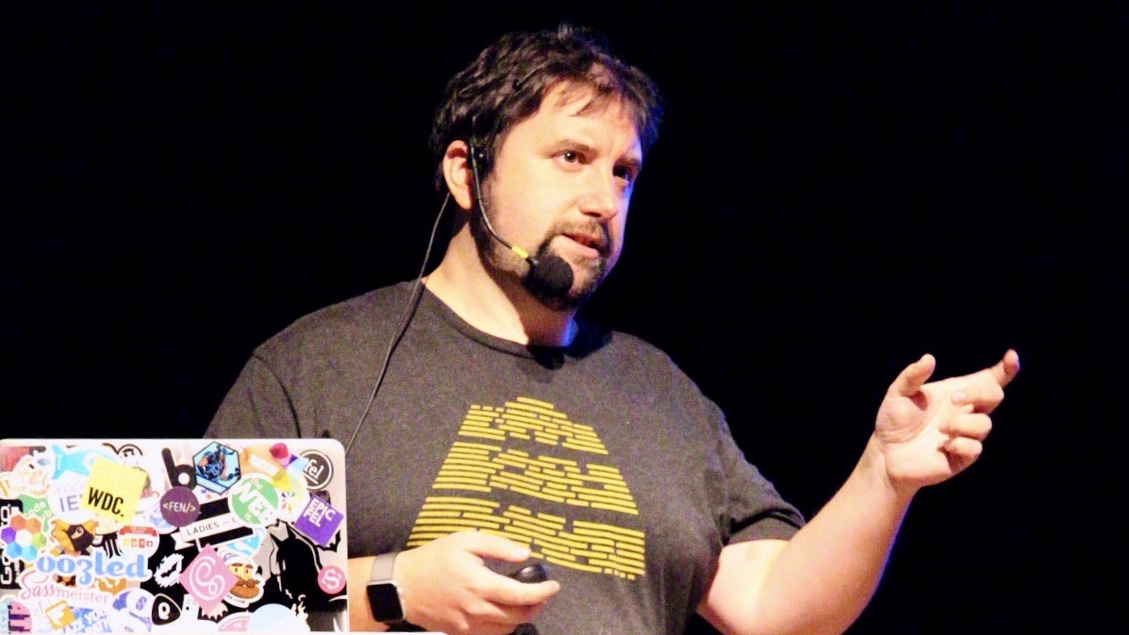Helping you get the most out of Design Systems!
Hi! I’m Stu, a Design Systems consultant and front-end developer who’s been immersed in the world of Design Systems for over ten years. I love simplifying workflows and helping teams work more smoothly together. Whether you’re a designer, developer, project manager, or marketer, I believe a well-crafted Design System can make everyone’s job easier and more enjoyable.

I’ve had the pleasure of collaborating with several talented teams, including those at Monotype, UCL, EMBL, and Springer Nature. Throughout these experiences, I’ve picked up invaluable insights and seen how transformative a strong Design System can be—not just for improving team collaboration, but also for driving efficiency, reducing costs, and delivering more consistent, high-quality user experiences.
My focus is on creating systems that bring clarity and consistency to the process, ensuring everyone is on the same page. I’m passionate about building tools that make it easier to create, collaborate, and innovate, while also supporting the business goals of scalability and long-term success.
How I Help You
I focus on helping teams create efficient, scalable systems that streamline workflows, enhance consistency, and support their broader goals. With experience across various industries and projects, I bring practical insights and technical expertise that assist in building cohesive, maintainable solutions. Whether it’s contributing to front-end architecture or helping teams develop design systems that seamlessly integrate into their processes, my approach emphasizes collaboration, clarity, and adaptability.
Front-End Architecture
Defining, building, and documenting scalable codebases to ensure long-term maintainability.
Design Systems
Working with you and your team in creating, maintaining, or developing a Design Systems that enable cohesive collaboration and consistent outcomes.
Design Tokens
Implementing design tokens that simplify updates and maintain consistency across platforms.
Workshops
Guiding teams through best practices and tooling for continuous improvement.
Tooling
Developing custom tools to boost productivity and align design with development.
Collaboration & Alignment
Facilitating seamless communication and alignment between designers, developers, and stakeholders to ensure cohesive outcomes across all stages of the project.
Auditing
Evaluating your current design systems, front-end architecture, or workflows to identify areas for improvement, ensuring best practices, scalability, and efficiency.
Accessibility
Ensuring that your design and code meet accessibility standards, making your products inclusive and usable for all audiences.
Speaking
Sharing insights on front-end architecture, design systems, and best practices at conferences and events to help educate and inspire teams and individuals.
Success Stories
Over the years, I’ve collaborated with various organizations to tackle complex challenges in design systems, design tokens, and front-end architecture. My focus has been on creating cohesive systems that deliver consistency and scalability across platforms. The following success stories showcase key projects where I’ve helped deliver impactful solutions, streamline workflows, and enhance user experiences.
UCL
At UCL, I worked to improve their digital experience through a series of design system enhancements, including:
- Designed a site-wide search system based on provided wireframes.
- Created all components and patterns using existing design system tokens.
- Developed new components and patterns to extend their design system.

Monotype
At Monotype, I contributed to shaping their design systems and digital tools through several impactful initiatives, including:
- Led the creation and development of Monotype’s Marketing Design System.
- Developed tooling for component creation and type specimen page generation.
- Provided development support for Monotype’s Shopify storefront.
- Extended the Design System for their subscription service.

EMBL
At EMBL, I was instrumental in establishing their new design system language and front-end architecture. My work involved:
- Collaborated with the Digital Design team to define the design system language.
- Developed the front-end architecture for the Design System.
- Worked with stakeholders to align naming conventions, component structures, and system consistency.
- Created documentation for smooth handover and future development.

Springer Nature
At Springer Nature, I contributed to multiple initiatives during technical updates, including:
- Assisted with front-end work during server migrations and back-end updates across several sites.
- Joined the new Design System team to focus on front-end development.
- Worked on the creation of a new Design System documentation site.
- Introduced design tokens to standardize and streamline design implementation.
- Upgraded the CSS for typography across key properties using design tokens.
- Created tooling to ensure consistent design token usage across components.
